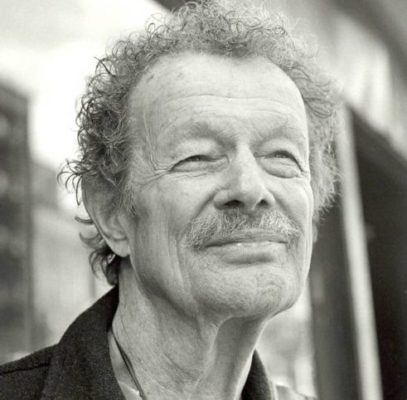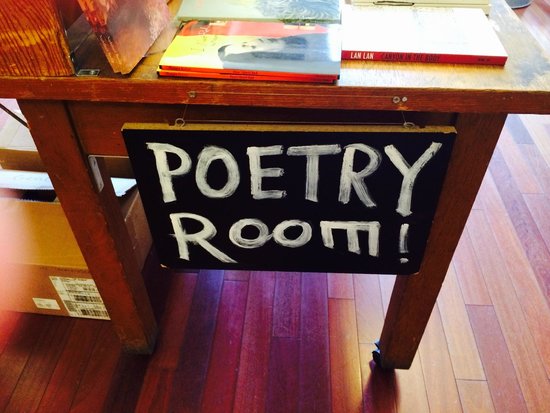“Telling stories doesn’t solve anything, doesn’t reassemble broken lives,” says Luiselli, “but perhaps it is a way of understanding the unthinkable.”
For the past seven years, I have had the honor and the privilege of teaching refugee students from Central America, “unaccompanied minors,” detained crossing the border into the United States. Primarily teenagers from Guatemala, El Salvador, and Honduras, these students are sheltered in New York, while awaiting legal resettlement with their families as they seek asylum. I knew from years of listening to their stories that they had witnessed and experienced unspeakable trauma, and that they were the lucky ones, having escaped with their lives, having found safe shelter and education. While they waited for all the legal paperwork to go through, which could take anywhere from three to six months, they would meet with me at local farms and gardens to learn life skills and English, through hands-on, experiential education.
Over the twenty years I have spent as a teacher of nature-oriented, arts-integrated programs, I have always drawn on the resources of the Teachers & Writers Collaborative. Every month, the Teachers & Writers newsletter gives me countless prompts for writing exercises, for which I am incredibly grateful. It’s not only that all these books and ideas are excellent for nurturing brilliant work; they are also pure fun to share with my students.
In the July 2019 Teachers & Writer’s Magazine, I read a lesson plan by Matt Malyon, called, “Dear America.” It gave me the idea to try this exercise with the refugee teens, in a slightly different way. I knew that these young people very much missed their home countries. When I introduced them to farmers, chefs, and café owners from their countries of origin I saw that they would often become emotional as they shared memories from home. In a pottery class, I observed that they would paint their national flag and wrote their country’s nickname, rather than their own: “Catracho, Guanaco, Chapin.” And I witnessed how, on a visit to the United Nations, through a special invitation from the Jane Goodall Institute, they took great pride in carrying the flags of their nations as part of the International Day of Peace.
To introduce the Dear America writing prompt to my students, I read aloud a poem that was featured in the Student Writing section of the September 2019, Teachers & Writers Magazine. The poem was written by Uriel Solis, a student in T&W teaching artist Sarah Dohrmann’s poetry workshop at the International High School at Union Square, one of fifteen New York City public high schools that enroll recently arrived refugees and immigrants who are English language learners. I read the poem in English while a colleague translated the poem into Spanish, line by line:
Where I’m From
by Uriel Solis (age 15)I still remember my house
back in El Salvador, like if I was there
Each room, each door, each brick, each one
of the roof tiles
I see the cows in the corral
los gallos singing to the sun every morning
cars raising dust through the streets
I can hear the kids running to the soccer field
every day after school, going to buy pupusas y
jugo de tamarindo
There is nothing like the cheese melting in the
grill y todos peleando por comercelo
After reading the poem we served the students pupusas donated by a local Salvadoran restaurant, and the air was filled with cheers. After they ate and ate and ate, I asked them to write letters to their home countries, and to write, “Dear El Salvador,” or “Dear Guatemala,” or “Dear Honduras,” telling us what they would want to say to their countries if they could.
Here are two of the letters:
Dear Guatemala,
You fill my life with inspiration and make with new passions, poems all the time in my heart. I miss people, the people who work in the fields, on the farm, the songs of animals, cars, buses, trees. Every time the rooster sings in the morning, the cries of the children, the games with my friends, the river that sings, the cries and cries of babies. You transformed my sad days into joy and my nights of loneliness were forgotten. The fire that burns, the trees, forests, the tortillas, cakes in the comales that my mother prepares for me, my work in the restaurants, etc. I miss my music team, my team of friends, the jokes between friends and the laughter that followed.
My name is: F. O.
Guatemala of Heart
Dear Honduras,
I went exploring to other lands,
––D.
I crossed paths, I crossed borders,
I walked, I walked wherever I wanted,
But I have brought,
the five stars of my flag as tattoos.
Today is my peace, my whole life,
my joy, my spring.
If one day I die in another nation,
They will bury me in my country,
and in those towns where I lived,
and met friends.
They will remember me as I was,
My family will pray for me…
And my soul will live where I was born.
In the months that passed after these writings, I met with these refugee students a few more times as we were harvesting fall vegetables to make a hearty chicken soup and salsa together, to encourage the students to eat local and seasonal, to grow their own food, and keep their own chickens, as they had done at home in their countries. On one occasion, the NY farm family hosting us had filled their farmhouse kitchen table with hot coffee and freshly picked apples (manzanas – always a favorite), and we all enjoyed a warm meal together. The family joined us: grandfather, daughter, sister, and new baby, three generations. The students passed the baby around the table, cooing and cuddling her, everyone laughing and smiling. For some of these students, resettlement was imminent, for others, deportation was looming. For all of them, it had been six months since they had seen their families or sat around a kitchen table eating a home cooked meal. We said goodbye with tears, with the deep and fervent hope that these teens would find the ways to bring their dreams alive, keeping close to the core of where they come from.
What haunts me is this quote from Tell Me How it Ends, which covers the legal, historical, and factual story of the unaccompanied minors from Central America, and their situation from 2014 – 2017. “There are things that can only be understood retrospectively, when many years have passed and the story has ended. In the meantime, while the story continues, the only thing to do is tell it over and over again as it develops, bifurcates, knots around itself. And it must be told, because before anything can be understood, it has to be narrated many times, in many different words and from many different angles, by many different minds.”
I re-read my students’ letters to their home countries often, knowing that some of these young refugees were forcibly returned. “Telling stories doesn’t solve anything, doesn’t reassemble broken lives,” says Luiselli, “but perhaps it is a way of understanding the unthinkable.” It is my promise to keep sharing the story of these children.
Links:
Dear America by Matt Malyon
One Day You Will Be One of the Happier: The Voices and Poetry of Teen Immigrants with interviews by Susan Karwoska
Two Writing Prompts to Inspire Immigrant Teens by Sarah Dohrmann
Barbara Sarbin is the Program Director of Something Good in the World, a charitable, 501c3, children’s educational organization, which focuses on nature, gardens, and farm-based learning integrated with the arts, using the principles of permaculture and sustainability. She has been a teacher and curriculum developer for the Earth School programs for homeschoolers that take place in the Children’s Peaceful Garden in Westchester County since 1999. She leads the Earth School-to-Farm programs for refugee children, shelter youth, and K-12 students from charter schools in Harlem and the Bronx at Kitchawan, Glynwood, and Hemlock Hill Farms. Recognized as a visionary in farm-based education, Barbara is a workshop leader for the Farm-Based Education Network, a guest blogger for the Jane Goodall Institute, the Edible Schoolyard Project, and Project Wild Thing. SGITW’s Children’s Peaceful Garden design was recognized by the United Nations and the Jane Goodall Institute in 2016 as an example of Peace and Sustainability, and Barbara currently serves as a JGI Roots & Shoots “Garden Ambassador.”




One response to “Remembering Each Room, Each Door, Each Brick”
Wonderful to read about mother nature’s magic being shared with the children. With love, EM